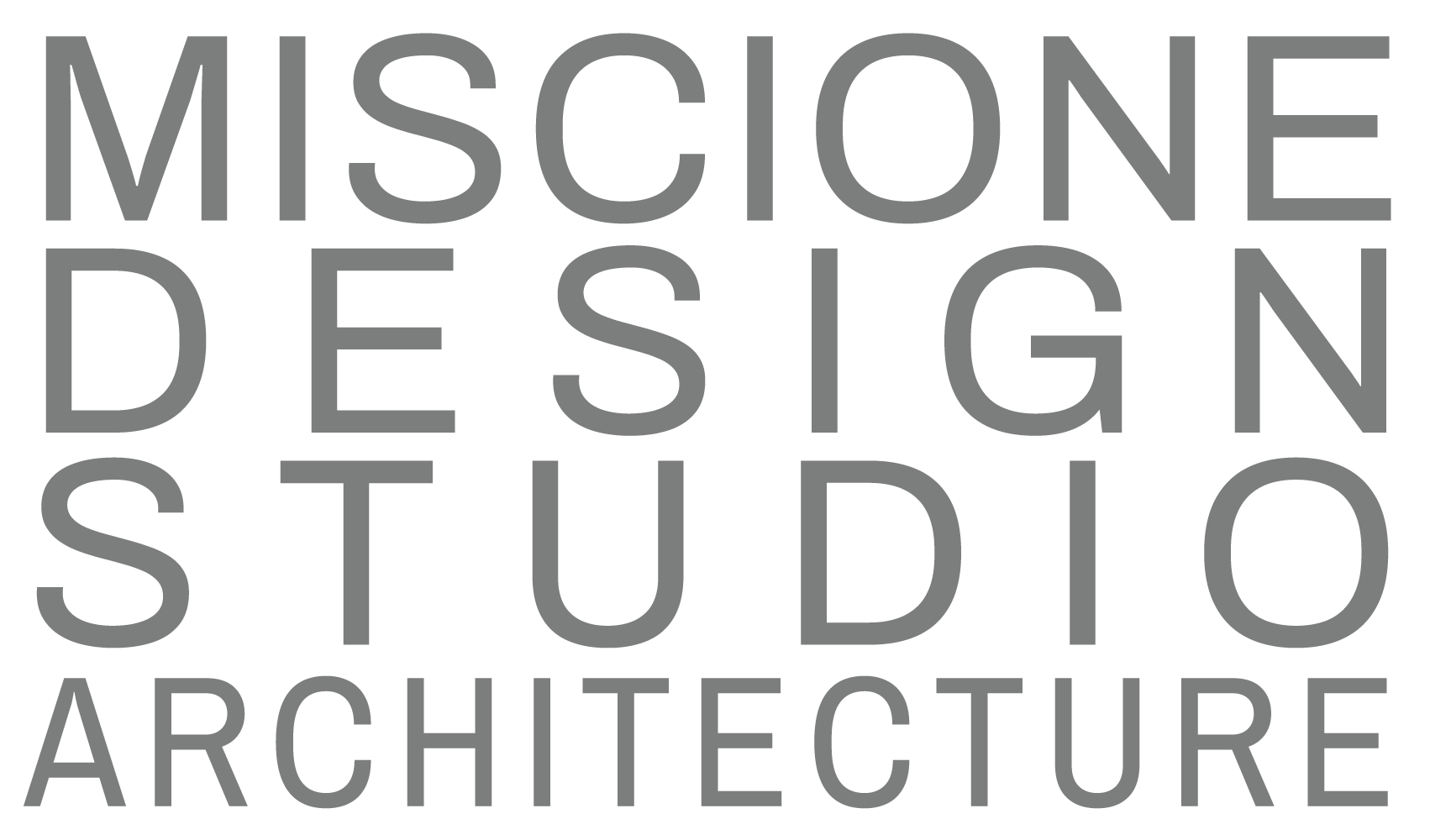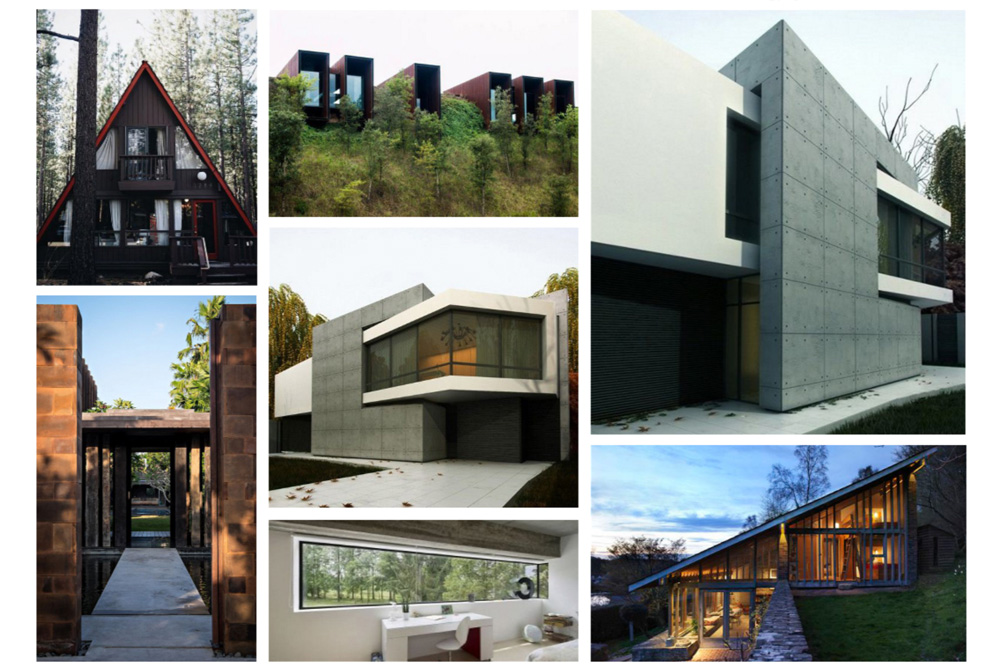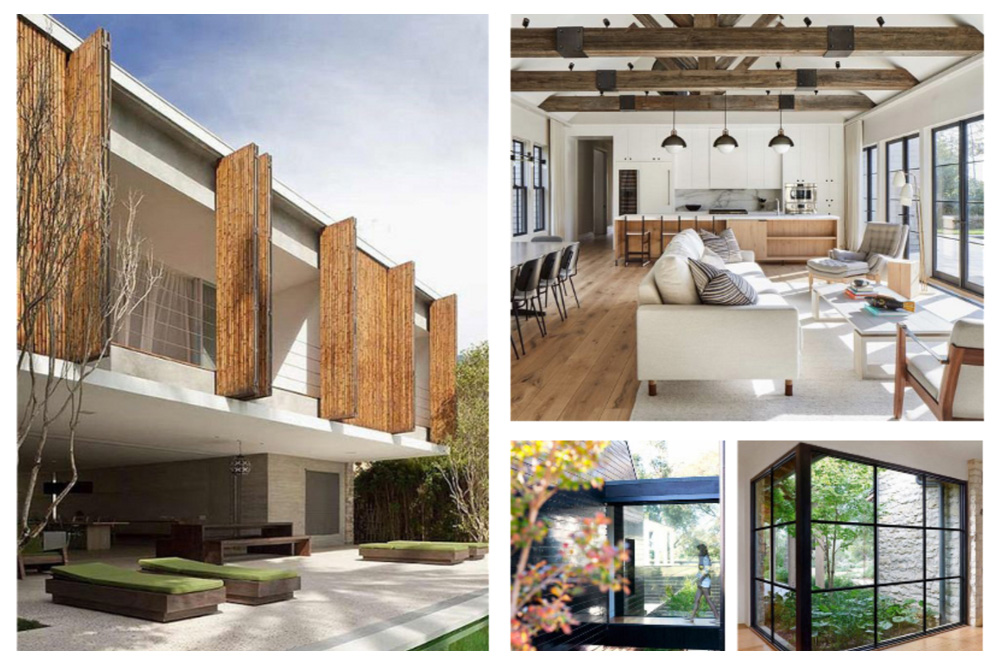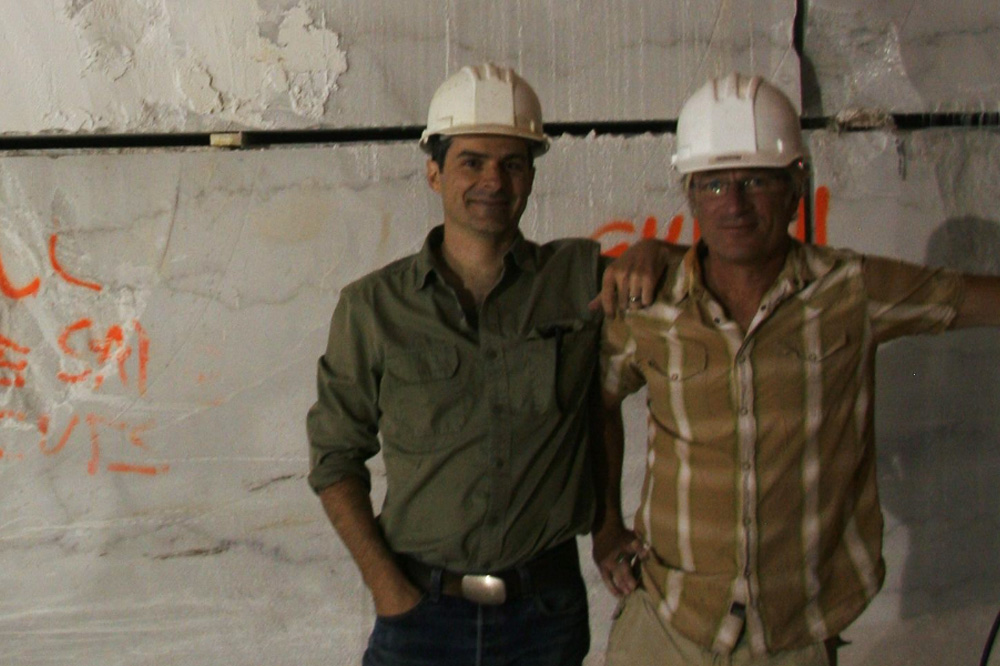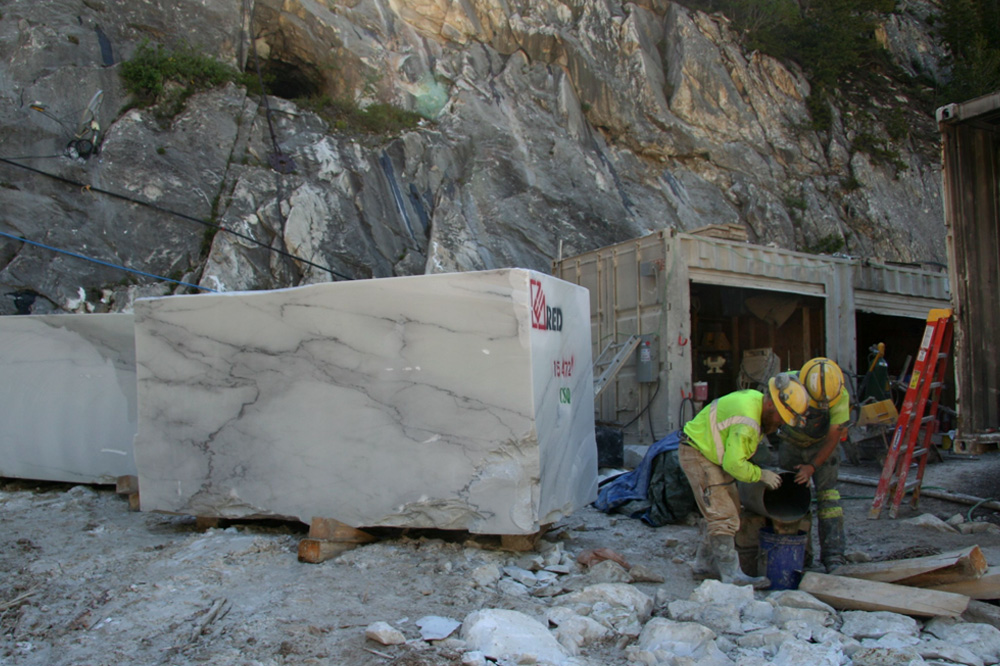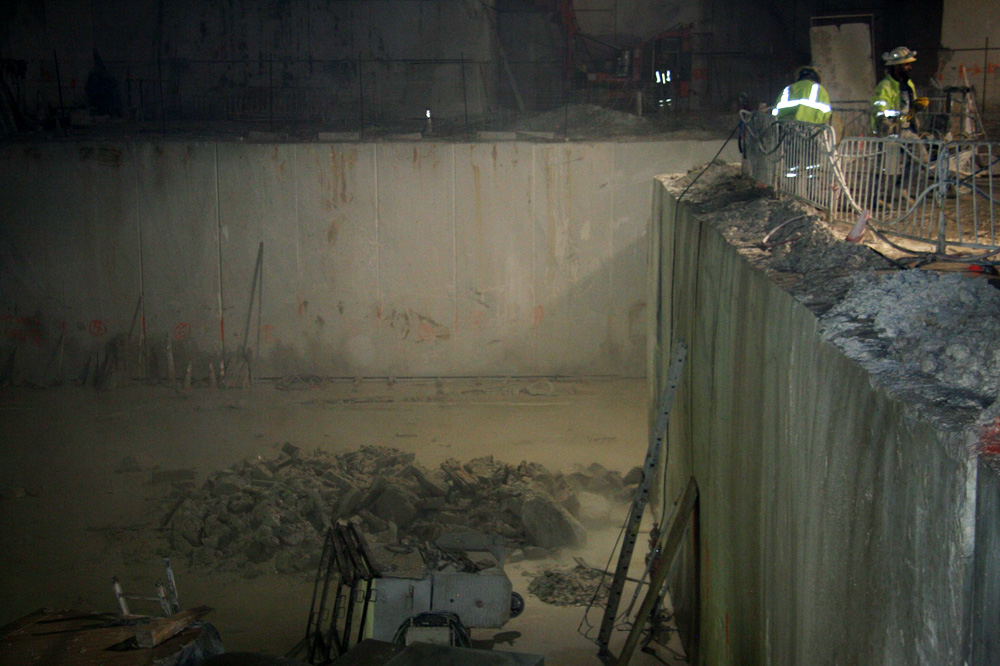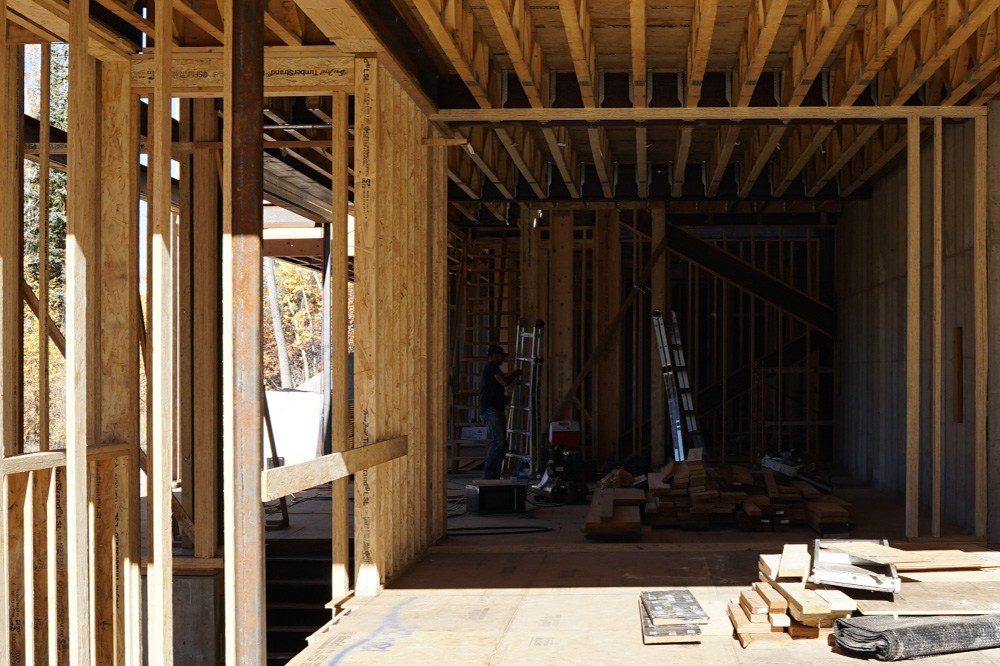STEP 1: THE DESIGN CHARRETTE
At the heart of our architectural process lies the design charrette, a collaborative workshop that brings together the client, architect, and stakeholders to collectively envision the project's goals, aspirations, and constraints. This immersive and interactive session serves as the genesis of the project, laying the foundation for a shared understanding and a unified vision.
The design charrette culminates in the creation of the charrette book, a comprehensive document that captures the essence of the workshop discussions, decisions, and agreements. This guiding document serves as a roadmap for the project, providing a framework for the subsequent design phases and ensuring that the project remains aligned with the initial vision.
The charrette book encompasses a variety of elements, including:
- Project Overview: A brief description of the project's background, purpose, and objectives.
- Site Analysis: A comprehensive evaluation of the project site, considering its physical characteristics, context, and constraints.
- Client Goals: A clear articulation of the client's aspirations for the project, their desired functional and aesthetic outcomes.
- Design Principles: A set of guiding principles that will inform the design process, ensuring consistency and coherence.
- Design Explorations: Initial sketches, diagrams, and models that capture the emerging design concepts.
- Action Plan: An outline of the next steps in the design process, including timelines, responsibilities, and deliverables.
The charrette book serves as a living document that evolves throughout the design process, reflecting the project's progress and incorporating feedback from various stakeholders. It remains a valuable reference throughout the project's lifespan, ensuring that the design stays true to the initial vision and the client's expectations.
The design charrette and the charrette book mark a pivotal moment in the architectural process, establishing a shared understanding and a unified vision that guides the project towards its successful realization. By fostering collaboration and creativity, this initial phase lays the groundwork for a well-conceived and impactful architectural design.
STEP 2: DESIGN VS INQUIRY
In the realm of architecture, the terms "design" and "inquiry" often intertwine, creating a dynamic interplay that shapes the built environment. While design focuses on the tangible creation of physical spaces, inquiry delves into the deeper questions that underpin these spaces, seeking to uncover their underlying meanings and implications.
Design, in its essence, is the art of shaping the physical world around us, translating abstract ideas into tangible structures that serve both functional and aesthetic purposes. It involves a blend of creativity, technical expertise, and problem-solving skills, as architects navigate the complexities of form, space, materials, and construction. Design is often seen as a linear process, with defined stages that lead to a final product.
On the other hand, inquiry is a more fluid and open-ended pursuit, a journey of exploration and questioning that seeks to unravel the complexities of architectural design. It involves a deep understanding of the context, the needs of users, and the broader cultural and social implications of the built environment. Inquiry challenges us as architects to go beyond the mere creation of structures and delve into the human experience, considering how architecture shapes our interactions, emotions, and sense of place.
The architectural process, therefore, is not simply about design but also about inquiry. It is a cyclical interplay between the two, where design provides a tangible manifestation of ideas, while inquiry constantly challenges and refines these ideas. Design without inquiry risks becoming formulaic and disconnected from the human experience, while inquiry without design remains abstract and intangible.
In practice, we will often engage in both design and inquiry simultaneously. They may begin with a design concept, but as they delve into the project, they encounter new questions and challenges. These questions prompt further inquiry, which in turn leads to refinements and adaptations of the design. This cyclical process continues throughout the project, ensuring that the final design is not only aesthetically pleasing and functionally sound but also deeply rooted in the context and the needs of its users.
In essence, the architectural process is a creative dance between design and inquiry, where both disciplines complement and enrich each other. Design provides the tangible form, while inquiry imbues that form with meaning and purpose. Together, they transform the built environment into a reflection of our aspirations, our values, and our shared humanity.
STEP 3: IMPLEMENTING THEORY
In the realm of architectural theory, Colin Rowe and his colleague Robert Slutzky introduced the concept of phenomenal transparency, a profound notion that goes beyond the mere physical translucency of materials like glass. In their influential essay "Transparency: Literal and Phenomenal," they delved into the multifaceted nature of transparency, distinguishing between its literal and phenomenal manifestations.
Literal transparency, as the name suggests, refers to the inherent ability of a material to allow light to pass through, enabling visual penetration. Examples of literal transparency include glass curtain walls, which provide unobstructed views from the inside to the outside. While literal transparency offers a sense of openness and connection, Rowe and Slutzky argued that phenomenal transparency transcends this physical characteristic.
Phenomenal transparency, they asserted, is a perceptual phenomenon that arises from the way our minds organize and interpret spatial relationships. It is achieved through the interplay of spatial elements, such as overlapping planes, multiple viewpoints, and varying degrees of permeability. This interplay creates a sense of spatial ambiguity and complexity, allowing for multiple interpretations of the space.
Rowe and Slutzky drew inspiration from Cubist paintings, which they saw as exemplifying phenomenal transparency. In Cubist works, objects are depicted from multiple viewpoints, fragmented and recomposed on the canvas. This approach challenges our conventional perception of space, forcing us to actively engage with the painting to decipher its spatial relationships.
Similarly, in architecture, phenomenal transparency can be achieved through the manipulation of spatial elements. By layering planes, introducing voids, and employing translucent materials in a nuanced manner, architects can create spaces that are both visually transparent and perceptually complex. These spaces invite multiple interpretations, encouraging users to actively engage with their surroundings.
Rowe and Slutzky's concept of phenomenal transparency has had a significant impact on architectural thought, influencing the development of modern and contemporary architecture. It has led to a renewed appreciation for the role of perception and spatial ambiguity in creating meaningful architectural experiences.
STEP 4: CONSTRUCTION ADMIN + CLOSEOUT
The construction administration phase, often considered the most critical stage of an architectural project, presents an invaluable opportunity for fostering excellence in collaboration with craftsmen. It is during this phase that the carefully crafted design plans transition from abstract concepts into tangible realities, and the architect's role extends beyond mere design to encompass a more hands-on approach, ensuring that the project's vision is brought to life with the utmost precision and craftsmanship.
Effective collaboration between the architect and craftsmen is paramount to achieving a project's full potential. The architect's deep understanding of the design's intent and nuances, coupled with the craftsmen's expertise and experience in translating those ideas into physical form, creates a synergy that elevates the project to new heights.
During the construction administration phase, the architect actively engages with the construction team, conducting regular site visits to observe progress, review materials and techniques, and address any questions or challenges that may arise. This close collaboration allows for timely problem-solving and ensures that the project remains on track to meet its objectives.
The architect's role extends beyond simply overseeing the construction process. They act as a conduit between the design and the execution, bridging the gap between abstract concepts and tangible realities. Their expertise and guidance empower the craftsmen to approach their work with a deeper understanding of the project's overall vision, enabling them to execute the design with precision and artistry.
Through this collaborative process, the architect and craftsmen become partners in pursuit of excellence. Their shared commitment to quality and craftsmanship ensures that the project's design intent is not merely translated into physical form but elevated to an art form, a testament to the power of collaboration between design and execution.
